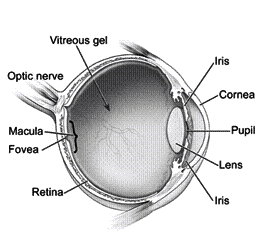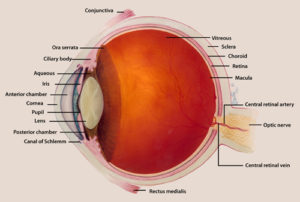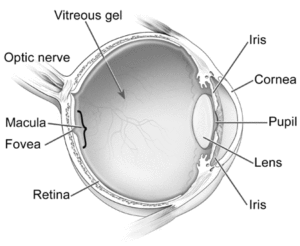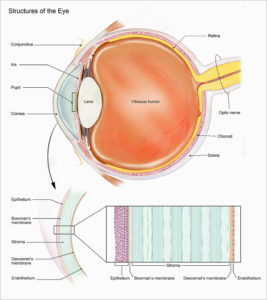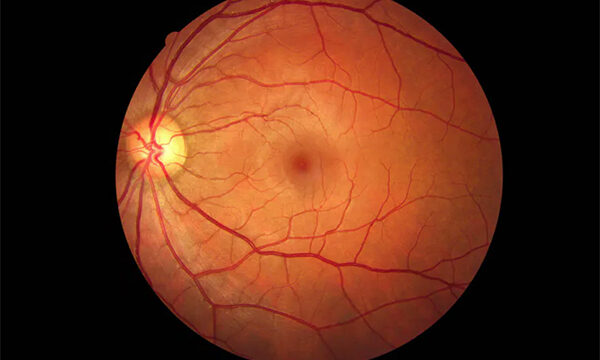Vision & Health Blog

Showing 221–230 of 343 results
-
Blog
Why do We Patch?
If you notice any of the warning signs in this article or you notice any other irregularities with your child’s vision, you should have your child examined. They may have amblyopia a medical term used when the vision in one of the eyes is reduced because the eye and the brain are not working together properly. The eye itself looks normal, but it is not being used normally.
-
Blog
My New Student is Blind. What Do I Need to Know?
If the student is blind or has vision loss, he or she needs to receive an orientation to the building, specifically classroom(s), lockers and bathroom. There will also be related service personnel who will need access to the building.
-
Blog
Retinal Diseases
An eye care professional can diagnose retinal diseases through a comprehensive dilated eye exam. Additional tests performed during this exam can visualize the blood vessels of the retina and measure the electrical activity of cells of the retina.
-
Blog
Refractive Errors
Refraction is the bending of light as it passes through one object to another. In the eye, light passes through the cornea and the lens, and then focuses on the retina—the part of the back of the eye which receives light and processes it, sending messages to the brain through the optic nerve.
-
Blog
Rare Eye Diseases
A rare disease is generally considered to be one that affects fewer than 200,000 people in the United States. Some eye diseases are rare. Several are linked to genetic mutations.
-
Blog
Healthy Eyes
Any injuries, disorders, or diseases that impair the delicate interplay between the parts of your eyes can adversely affect your vision—sometimes permanently. So it’s important to take steps to take care of your eyes.
-
Blog
Cornea and Corneal Diseases
The outermost layer of your eye is called the cornea. It is clear and shaped like a dome. The cornea receives nutrients and lubrication from tears and the aqueous humor (fluid in the part of the eye behind the cornea). It is composed of three basic layers with two membranes between them.
-
Blog
Vitreous Detachment
The vitreous is the gel-like substance filling your eyeball. It is composed of millions of fine fibers that are attached to the surface of the retina (the light-sensitive tissue in your eyes).
-
Blog
Idiopathic Intracranial Hypertension
Idiopathic intracranial hypertension (IIH) is high pressure in the spaces around the brain and spinal cord, which are protected and nourished by cerebrospinal fluid (CSF). Such pressure increase may result from a number of causes, but in people with IIH, the cause is not known.
-
Blog
Hyperopia (Farsightedness)
With hyperopia, more commonly known as farsightedness, objects that are far away from you look clearer to you than those that are closer. If you have significant hyperopia, all objects may appear blurry to you, whether they are near or far.
Join our Mission
Lighthouse Guild is dedicated to providing exceptional services that inspire people who are visually impaired to attain their goals.



